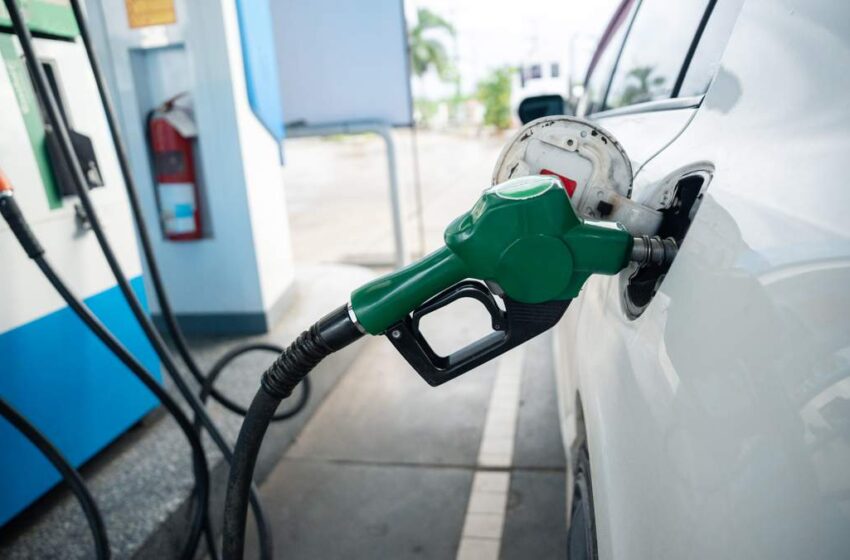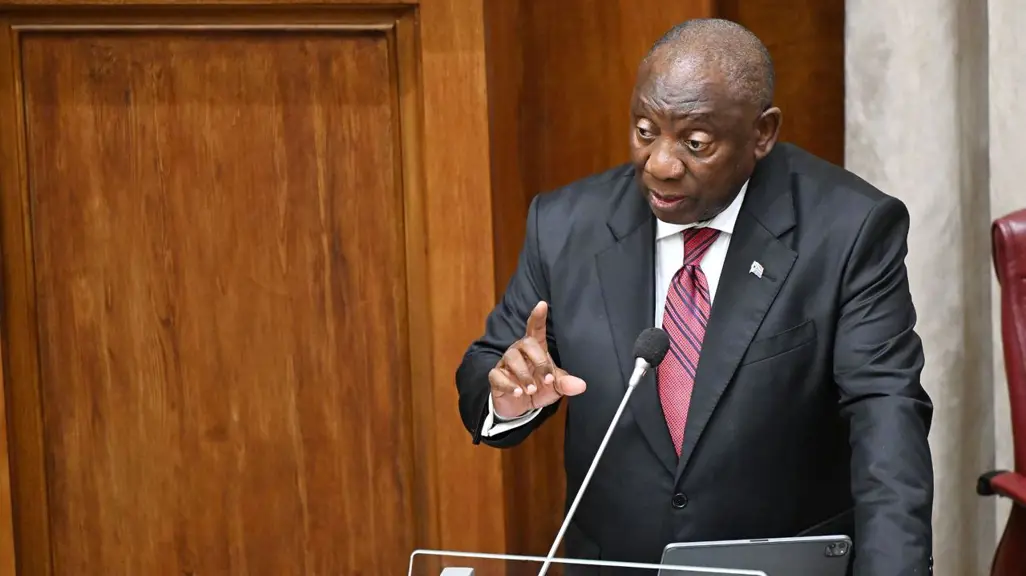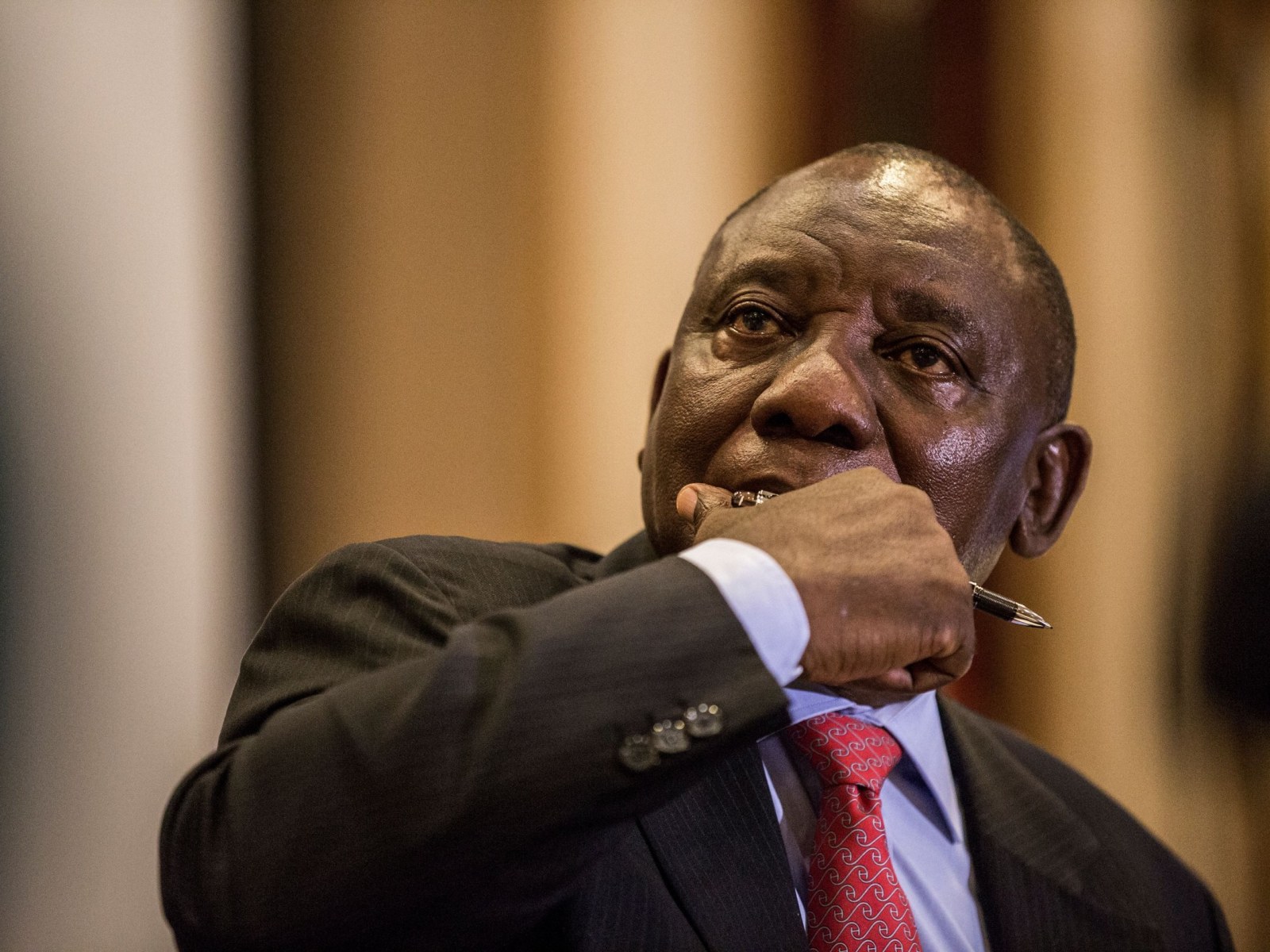South Africa fuel prices to drop in November! Here’s why petrol and diesel are set for a major cut

Car at a petrol station. Photo Credit- News24
As we enter the final full week of October, the stage is firmly set for meaningful cuts in fuel prices next month. Fresh figures from the Central Energy Fund (CEF) show that over‐recoveries in both petrol and diesel have stabilized — a key signal that motorists could pay less at the pump come November.
According to the latest data, petrol over‐recoveries currently sit between 57 ¢ and 61 ¢ per litre, while diesel over-recoveries have climbed to around 32 ¢ per litre. With just one week remaining in the month, these numbers give analysts greater confidence in forecasting next month’s adjustment.
Here’s how the expected price reductions break down:
-
Petrol 93: expected to fall by approximately 61 ¢/litre
-
Petrol 95: expected to drop by around 57 ¢/litre
-
Diesel 0.05% (wholesale): forecast to decrease by about 33 ¢/litre
-
Diesel 0.005% (wholesale): forecast to decrease by roughly 31 ¢/litre
-
Illuminating paraffin: anticipated cut of about 13 ¢/litre
The fuel price recoveries have been relatively firm since mid‐October, but two major external influences remain in flux: the local currency and global oil markets. The South African rand, which influences import costs of fuel, has seen its contribution to the over-recovery fall slightly – from around 15 ¢/litre earlier in the month to about 10 ¢ now. The rand has traded in a wide band, touching as weak as R17.54/$ before strengthening slightly to around R17.36/$.
The global oil complex, meanwhile, has experienced violent swings. Demand concerns stemming from the US-China trade standoff dragged prices down, while recent US sanctions on major Russian producers have flipped the narrative — supply risk is back in focus, nudging benchmark crude upward again.
All these moving parts mean that while the upcoming reductions are almost baked in, the precise quantum could still wiggle. At current levels, commodity‐driven over-recoveries remain in the ballpark of 20 ¢ to 52 ¢ per litre.
In short: motorists should brace for a welcome drop at the pumps in November, but the broader economic and geopolitical developments mean that fuel price relief may not last indefinitely.
FAQ
Q: What is meant by an over-recovery in fuel pricing?
A: Over-recovery occurs when the actual cost elements (such as oil price, currency, taxes, logistics) are higher than what has been recovered in the regulated fuel price, meaning the fuel companies or intermediaries have collected more than necessary. It signals room for price cuts.
Q: Why do petrol and diesel prices move differently?
A: Differences in vehicle technology, tax structure, supply/demand dynamics, and refining margins mean that diesel often reacts to global market changes differently from petrol.
Q: How do the rand/dollar exchange rate and oil price affect domestic fuel prices?
A: A weaker rand makes imported oil and refined products more expensive, raising the baseline cost; a stronger rand reduces import cost. Fluctuations in global oil prices directly impact input cost for fuels.
Q: Will the full forecast reduction in November definitely happen?
A: While current data strongly point toward it, unexpected swings in currency or oil markets could alter the final adjustment.
Q: How long might this price relief last?
A: That depends on global supply/demand dynamics, currency stability, and domestic regulatory decisions. The relief could be short-lived if any of these turn adverse.



